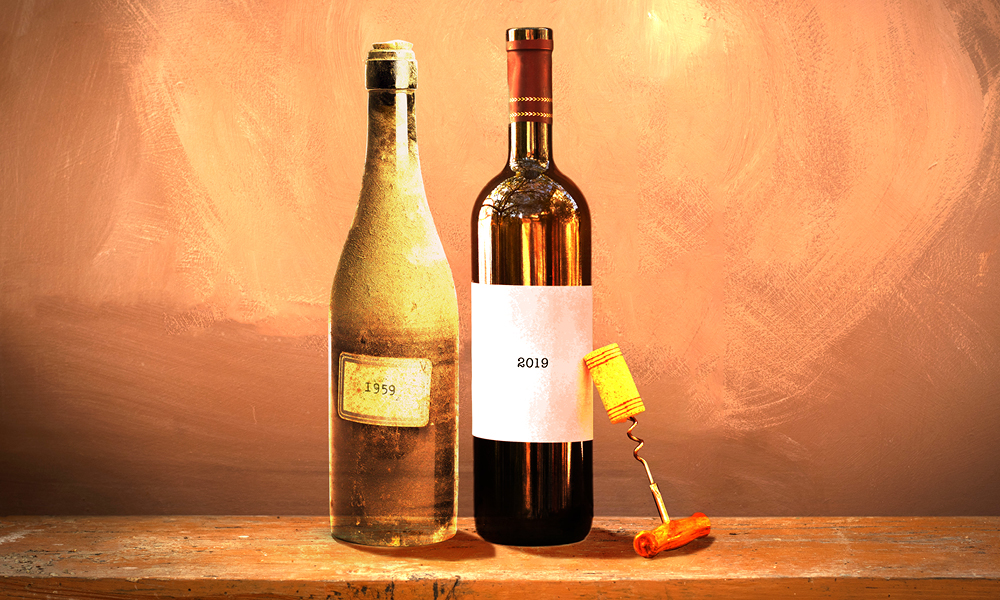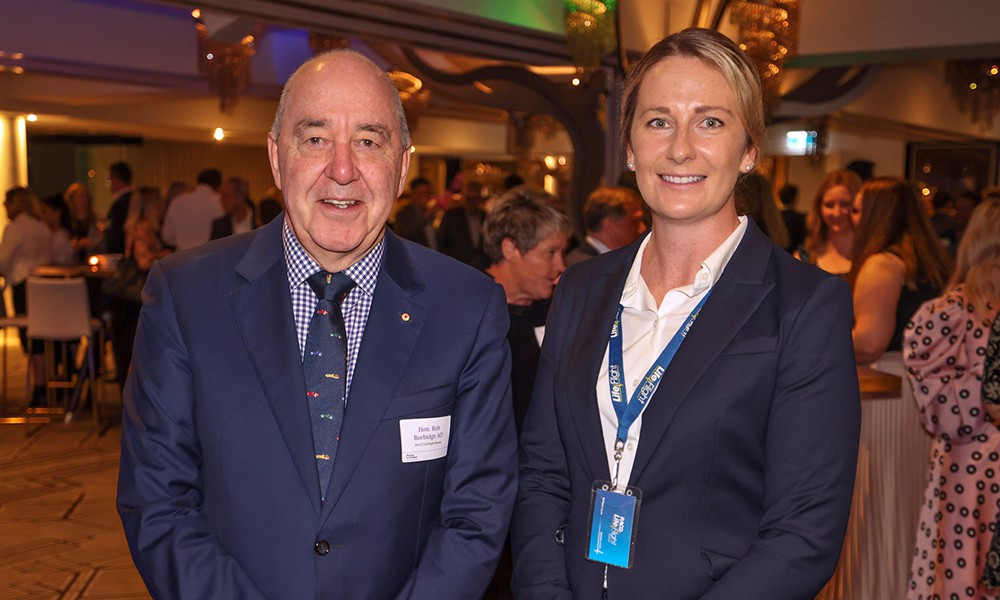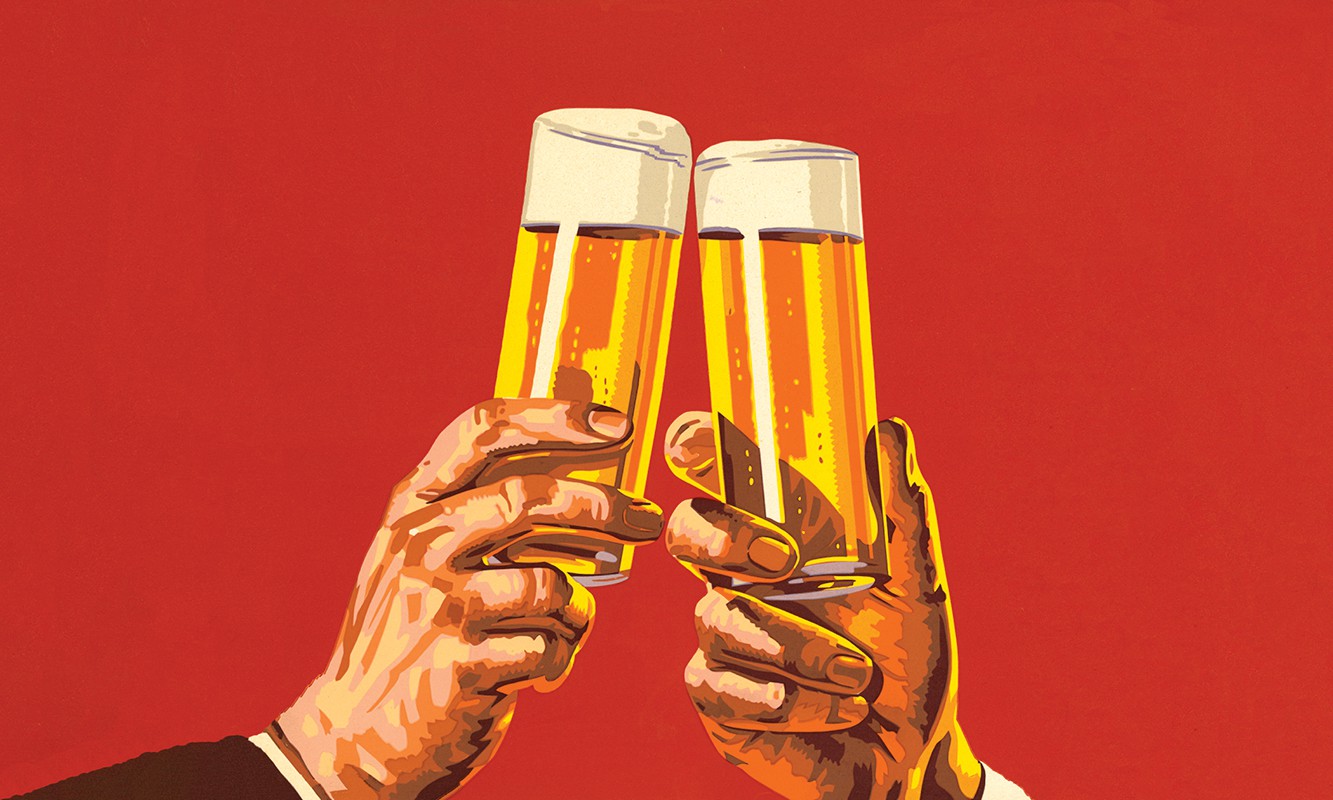This content has been archived. It may no longer be relevant
Cellaring wine is an investment in the future. It is about picking a wine today with the structure, balance, and potential to turn into something better with the effluxion of time.
Penfolds famously called this magical process the “rewards of patience” and it is true – patience can turn some good wines into great wines, as tannins, volatile flavour compounds, sugars, acid, and oxygen do their strange dance of alchemy.
It is urban myth that wine improves with age. Some do but most don’t – not all wines are built for the longer term with the current trend for near-instantaneous consumption rewarding accessible winemaking. Most wine these days is purchased just hours before it is consumed and in the face of demand, few wineries invest in traditional winemaking for aging.
But, for those interested in a program of cellaring wine, there is hope. In Australia we are blessed with a range of excellent quality wines and fierce competition, particularly in the magical $20 to $30 bracket. Many wineries also have tiered offerings with a volume of easy drinking and accessible wines at the base of their product stable and a range of ‘estate’ or ‘reserve’ wines built with a longer timeframe in mind. In Australia we are also blessed with a multitude of great wine-growing regions and a fickle, fashionable consuming public. Certain regions become flavour of the month and the increased focus can drive up demand and prices. Simultaneously quality wine from other traditional regions can lose following and become better value buying.
A good example of this crowd dynamic is the boom of shiraz and the fall of cabernet sauvignon. Internationally cabernet is a far more important variety than shiraz – it fuels the mighty wines of Bordeaux, the greatest reds from the Napa, the Super Tuscans and high-quality reds from many other new world places. But in Australia, we have all but turned our backs on the noble cabernet in favour of our beloved shiraz. In the world of Australian cabernet too, our Elysium is Western Australia and the brightest focus is on the wines from the Margaret River or Frankland River regions. The traditional and spiritual home of cabernet in Australia, Coonawarra, is dimmed in comparative hype yet not in quality. For the wine drinker set on a handsome return on investment, Coonawarra Cabernet makes for a compelling proposition.
Coonawarra lies in the Limestone Coast region of South Australia and is most famous for its Mediterranean climate and fine terra rossa soils. These elements come together to provide the perfect conditions for cabernet sauvignon and fine ageworthy wines. Founded originally by canny Scott John Riddoch as the Coonawarra Fruit Colony, adopting the local nation’s word for ‘honeysuckle’, in the late 1800’s he planted vines and established the winery that was to later become the iconic home of Wynns Coonawarra Estate. Through the decades, Coonawarra was driven pioneers who saw the potential of the terra rossa and the strange affinity for the great grapes of Bordeaux. Many great names have risen in Coonawarra which continue to this day as brands of quality and good value: Redman, Mildara, Lindemans, Brand’s Laira, Hollick Estates, Balnaves, Majella, Rymill Wines, Penley Estate and Zema Estate. These wines demonstrate a deep synergy between place and vine resulting in great quality, good prices and excellent aging potential.
Any short term cellaring program would be wise to include a few Coonawarra cabernets as examples of excellent value and developing complexity and richness over time. Even a five-year cycle of cellaring can bring out a better and engaging side to their fine wines.
The tasting
Three good examples of Coonawarra were put under scrutiny.
The first was the Riddoch Coonawarra Cabernet Sauvignon 2014, which was inky purple-black with a touch of blood rose around the rim. The nose was chocolate, redcurrants, and a little peppery spice. The palate was smooth, supple, and still lively with mouth-filling red berry fruits and a hint of mineral. The frame of tannin passed into the longer palate when the mulberry notes started to gather. A lovely drop with six years of age and much to go.
The second was the Parker Coonawarra Estate Terra Rossa Cabernet Sauvignon 2017, which was velvety purple. The nose was filled with a younger white pepper, bay leaves and the distinct hint of black currant. The palate was leathery, also pith-like, tannins built for age over a fruity currant sweetness, which persisted into the longer palate. The flavour was consistent and travelled through the three phases with remarkable uniformity. A sleeper.
The last was the Wynns Coonawarra Estate ‘Black Label’ 6oth Vintage Cabernet Sauvignon 2015, which was black ink with a tinge of purple around the edges. The nose was mulberry leaves, cassis, and notes of black pepper cracked on rich red fruit. The palate was mouth-filling and yet elegant with a firm tannin backbone promising a longer life. There was the sweetness of ripe currants and note of pepper and spice in the middle palate. A youngster yet a carnival of flavours. The Wynns was the preferred wine as a demonstration of a fine Australian classic wine which rewards patience and enthusiasm equally.














Share this article